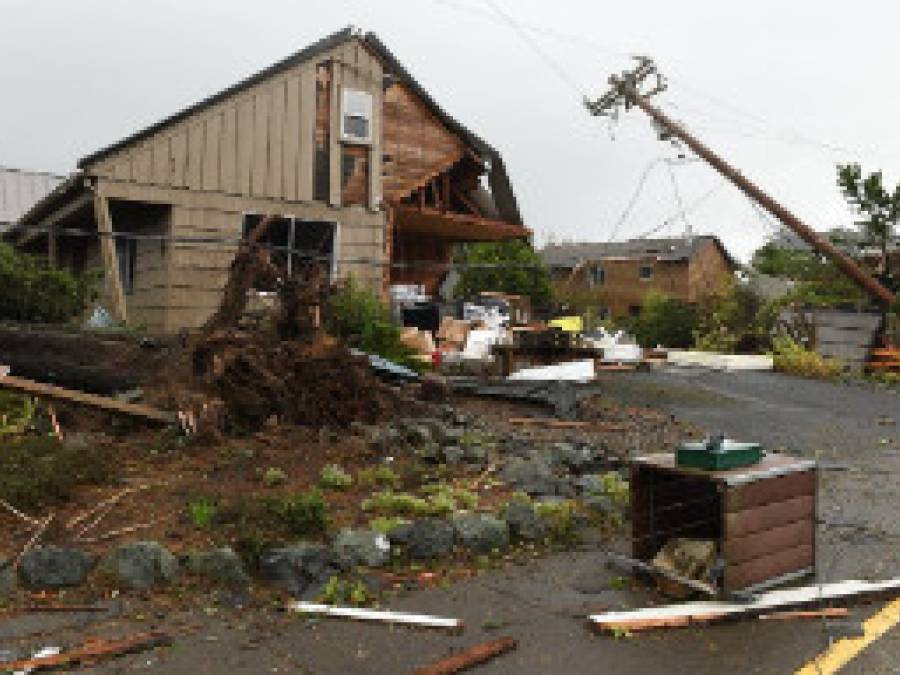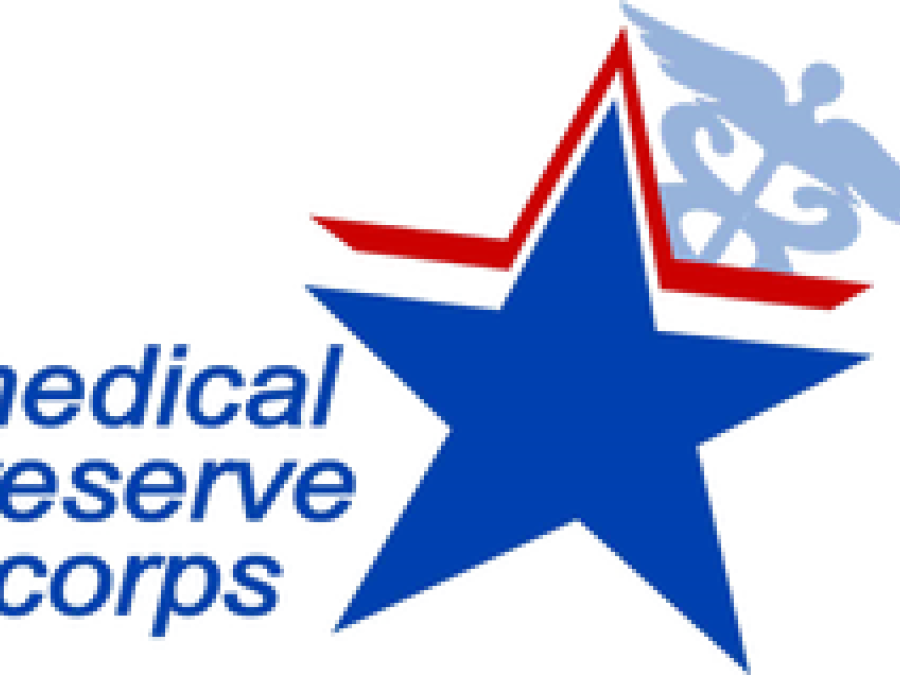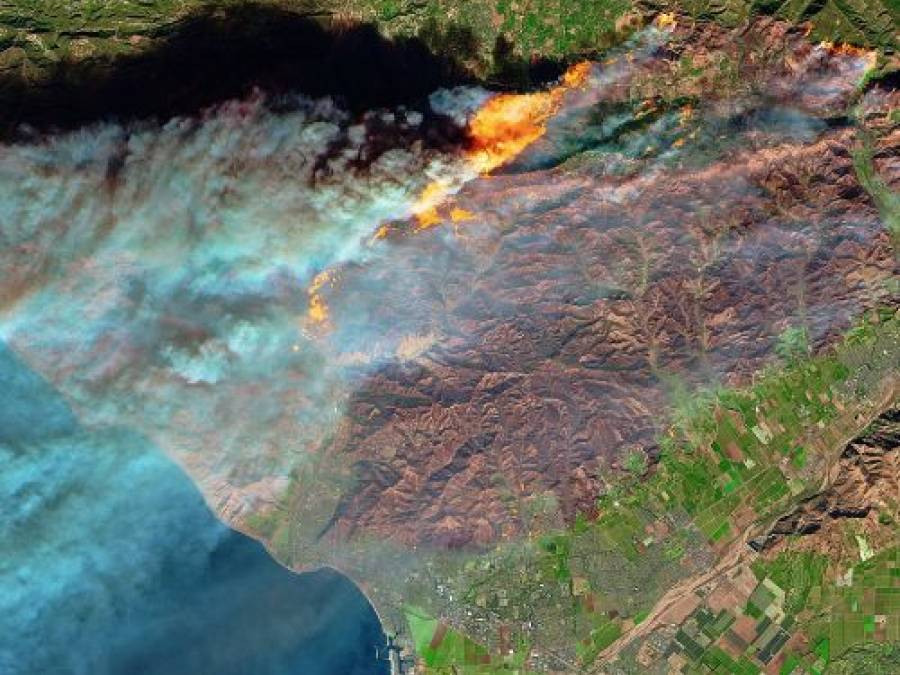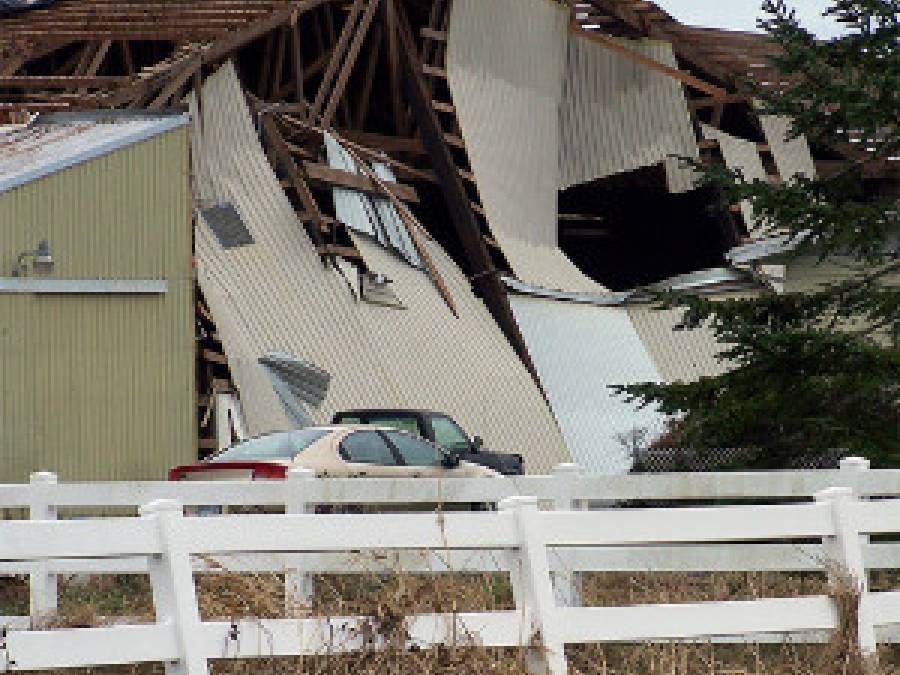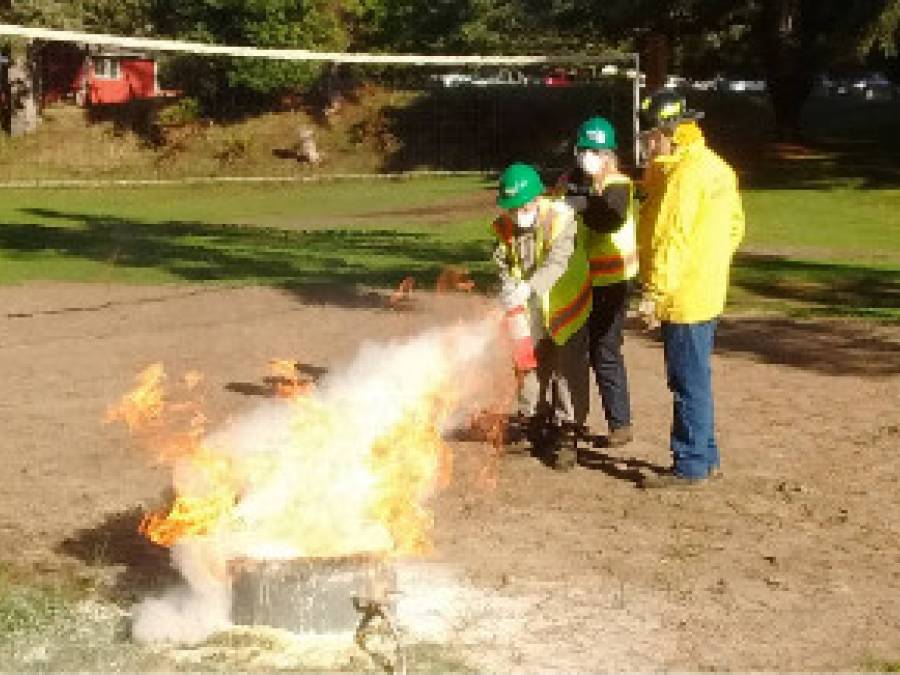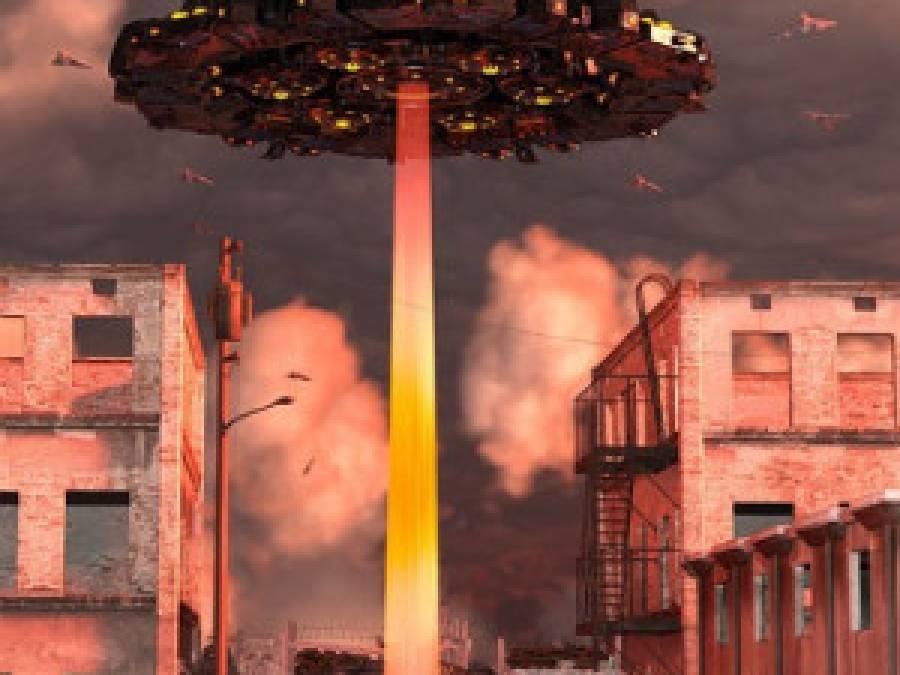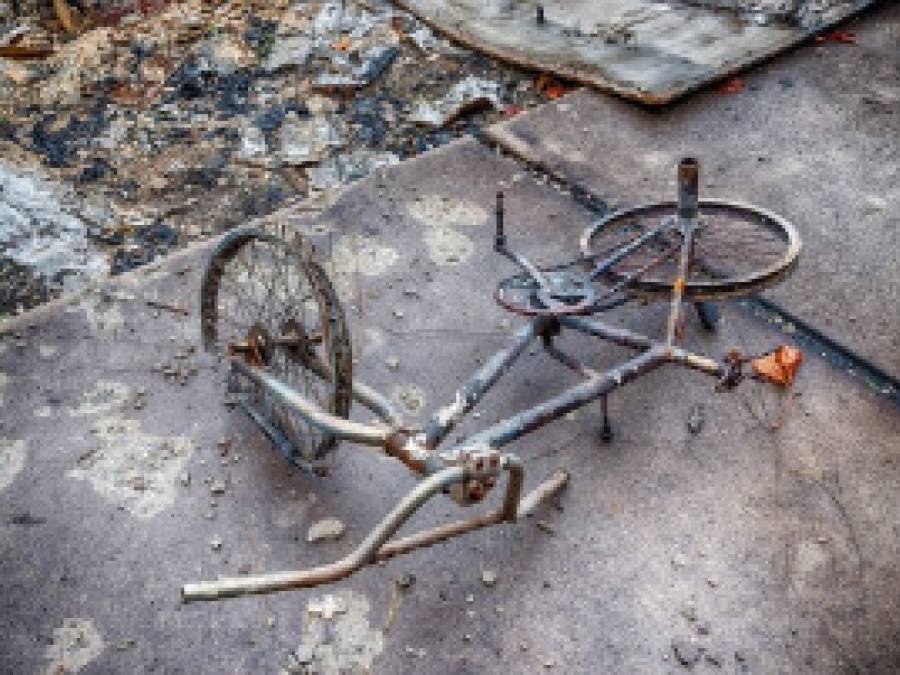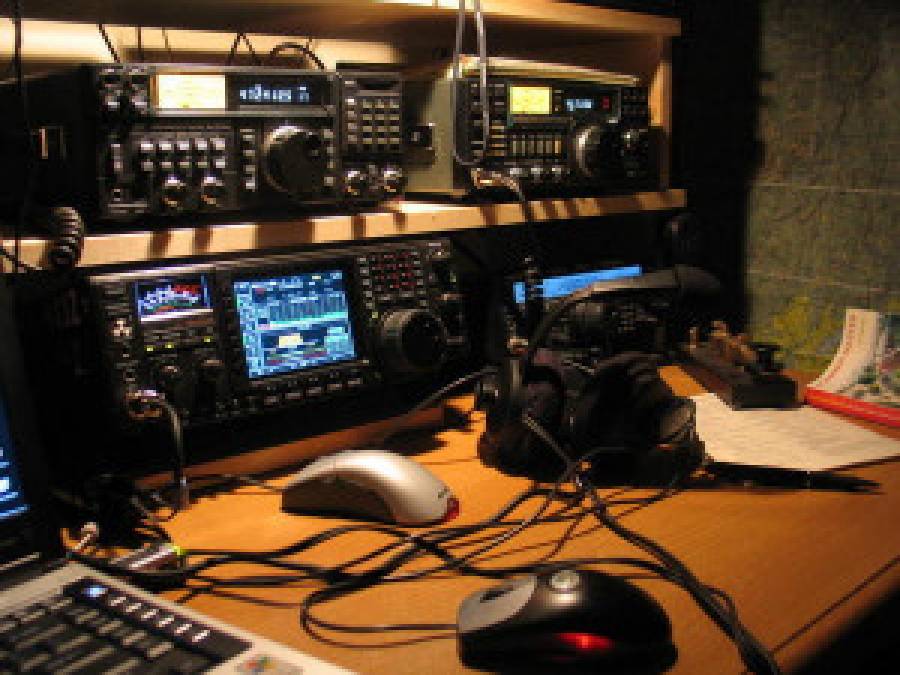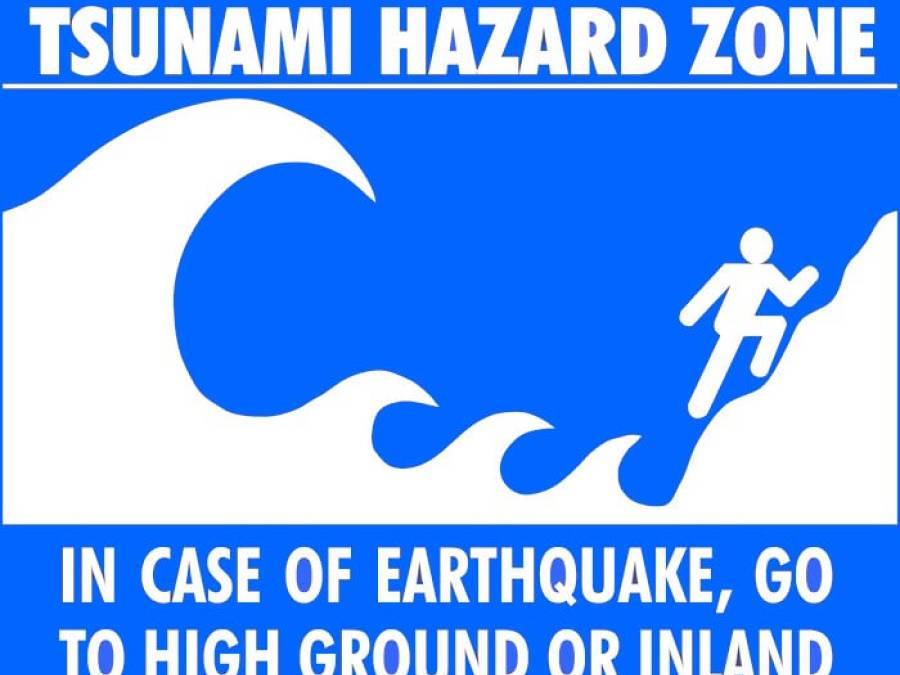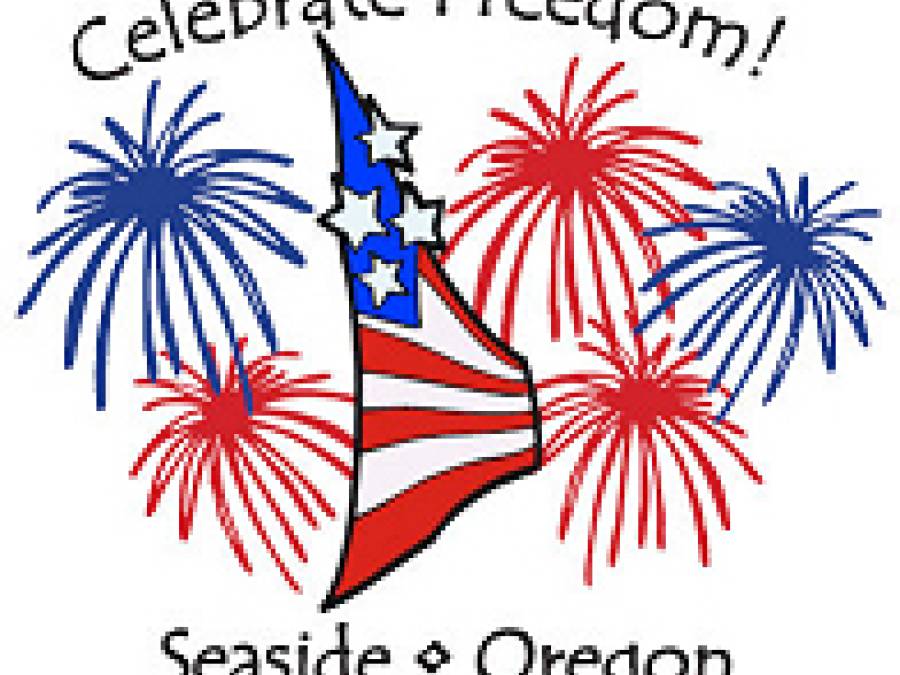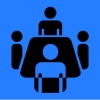 Skywarn spotters train to track storms
Skywarn spotters train to track storms
The effects of severe weather are felt every year by many Americans. To obtain critical weather information, NOAA’s National Weather Service (NWS), part of the U.S. Department of Commerce, established SKYWARN® with partner organizations. SKYWARN® is a volunteer program with nearly 290,000 trained severe weather spotters. These volunteers help keep their local communities safe by providing timely and accurate reports of severe weather to the National Weather Service.
Although SKYWARN® spotters provide essential information for all types of weather hazards, the main responsibility of a SKYWARN® spotter is to identify and describe severe local storms. In the average year, 10,000 severe thunderstorms, 5,000 floods and more than 1,000 tornadoes occur across the United States. These events threatened lives and property.
Since the program started in the 1970s, the information provided by SKYWARN® spotters, coupled with Doppler radar technology, improved satellite and other data, has enabled NWS to issue more timely and accurate warnings for tornadoes, severe thunderstorms and flash floods.
SKYWARN® storm spotters are part of the ranks of citizens who form the Nation’s first line of defense against severe weather. There can be no finer reward than to know that their efforts have given communities the precious gift of time–seconds and minutes that can help save lives.
SKYWARN is a concept developed in the late 1960s that was intended to promote a cooperative effort between the National Weather Service and communities. The emphasis of the effort is often focused on the storm spotter, an individual who takes a position near their community and reports wind gusts, hail size, rainfall, and cloud formations that could signal a developing tornado. Another part of SKYWARN is the receipt and effective distribution of National Weather Service information.
The organization of spotters and the distribution of warning information may lies with the National Weather Service or with an emergency management agency within the community. This agency could be a police or fire department, or often is an emergency management/service group (what people might still think of as civil defense groups). This varies across the country however, with local national weather service offices taking the lead in some locations, while emergency management takes the lead in other areas.
SKYWARN is not a club or organization, however, in some areas where Emergency Management programs do not perform the function, people have organized SKYWARN groups that work independent of a parent government agency and feed valuable information to the National Weather Service. While this provides the radar meteorologist with much needed input, the circuit is not complete if the information does not reach those who can activate sirens or local broadcast systems.
SKYWARN spotters are not by definition “Storm Chasers”. While their functions and methods are similar, the spotter stays close to home and usually has ties to a local agency. Storm chasers often cover hundreds of miles a day. The term Storm Chaser covers a wide variety of people. Some are meteorologists doing specific research or are gathering basic information (like video) for training and comparison to radar data. Others chase storms to provide live information for the media, and others simply do it for the thrill.
Skywarn® and the American Radio Relay League
The American Radio Relay League (ARRL) is a noncommercial membership organization of radio amateurs, organized for the promotion of interest in Amateur Radio. The National Weather Service works with ARRL Section Amateur Radio Emergency Service volunteers at the local level to establish Skywarn® radio networks, and/or other specialized weather emergency alert and relief systems. These local Skywarn® radio organizations act as communicators and spotters when severe weather and other disasters strike. The working partnership between NWS and ARRL is formally documented through a Memorandum of Understanding. NWS Warning Coordination Meteorologists are responsible for maintaining this working partnership with the local ARRL Skywarn® volunteers.
Skywarn® Recognition Day and the American Radio Relay League
Skywarn® Recognition Day was developed in 1999 by the NWS and ARRL. It celebrates the contributions that volunteer Skywarn® radio operators make to our nation’s severe weather warning system. During the day Skywarn® operators visit NWS offices and contact other radio operators across the world.
How Can I Get Involved?
NWS has 122 local Weather Forecast Offices, each with a Warning Coordination Meteorologist, who is responsible for administering the SKYWARN® program in their local area. Training is conducted at these local offices and covers:
- Basics of thunderstorm development
- Fundamentals of storm structure
- Identifying potential severe weather features
- Information to report
- How to report information
- Basic severe weather safety
Classes are free and typically are about two hours long. To find out when a SKYWARN® class will be conducted in local your area, contact your local Warning Coordination Meteorologist at: http://www.stormready.noaa.gov/contact.htm
Who is Eligible?
NWS encourages anyone with an interest in public service and access to communication, such HAM radio, to join the SKYWARN® program. Volunteers include police and fire personnel, dispatchers, EMS workers, public utility workers and other concerned private citizens. Individuals affiliated with hospitals, schools, churches, nursing homes or who have a responsibility for protecting others are also encouraged to become a spotter.
Storm Spotting and Storm Chasing is dangerous and should not be done without proper training, experience and equipment. The National Weather Service conducts spotter training classes across the United States, and your local National Weather Service office should be consulted as to when the next class will be held.
Skywarn® and the Skywarn® logo are registered trademarks of the National Oceanic and Atmospheric Administration, used with permission.




